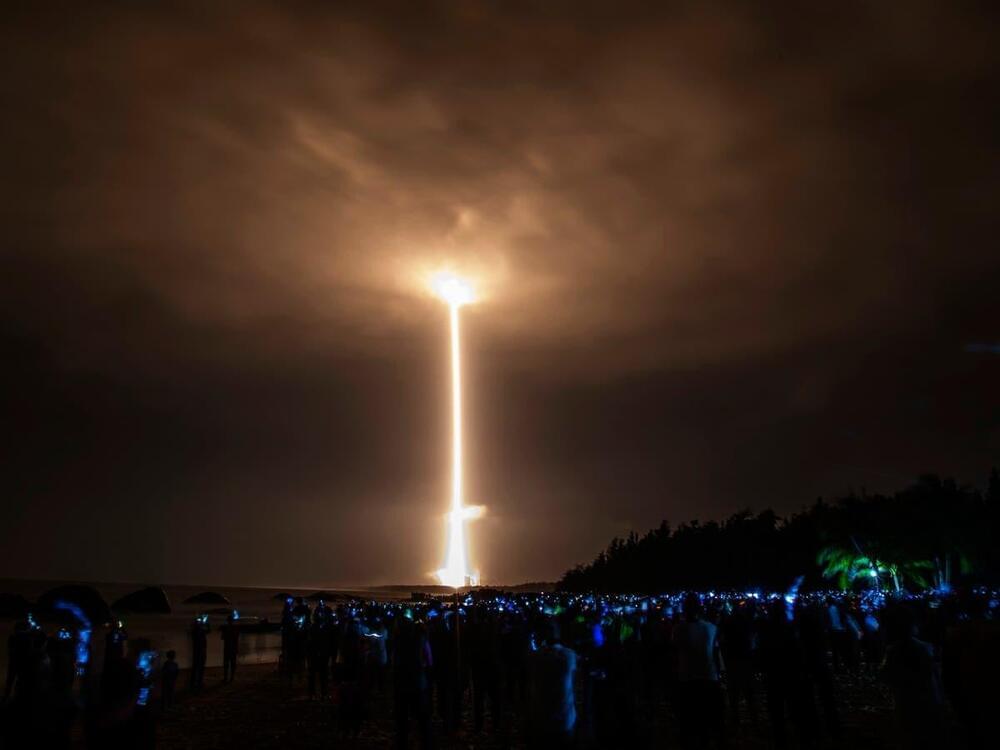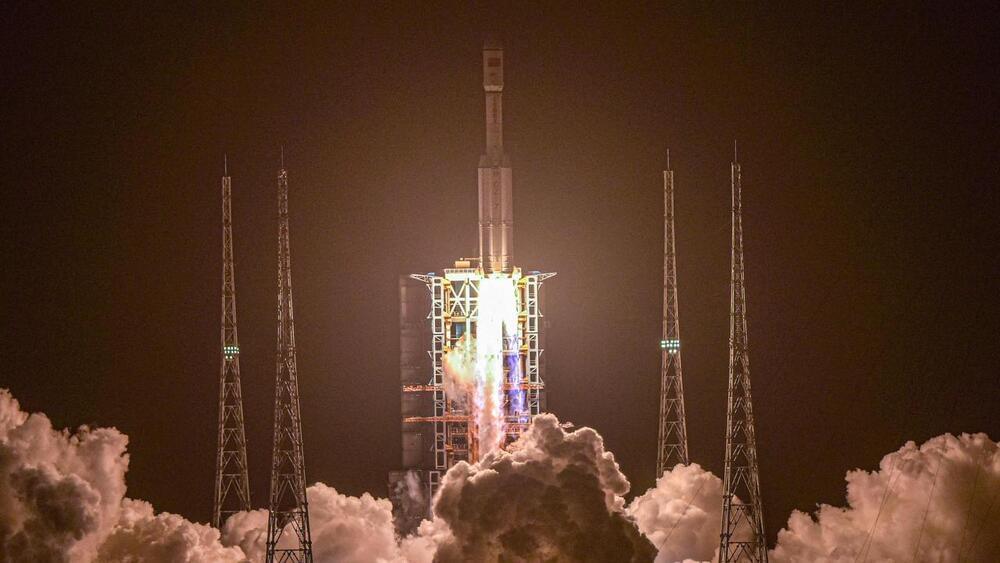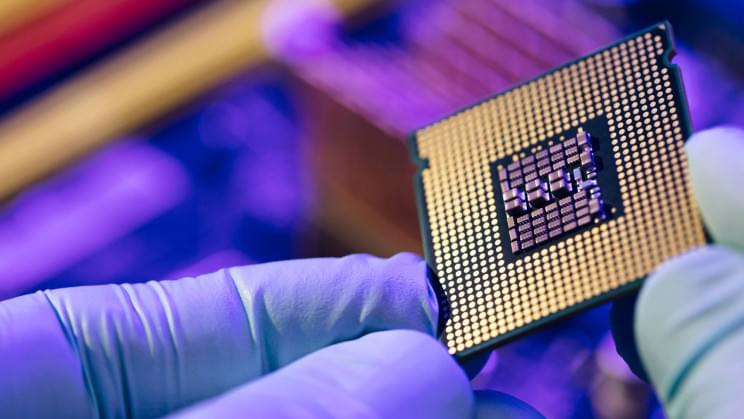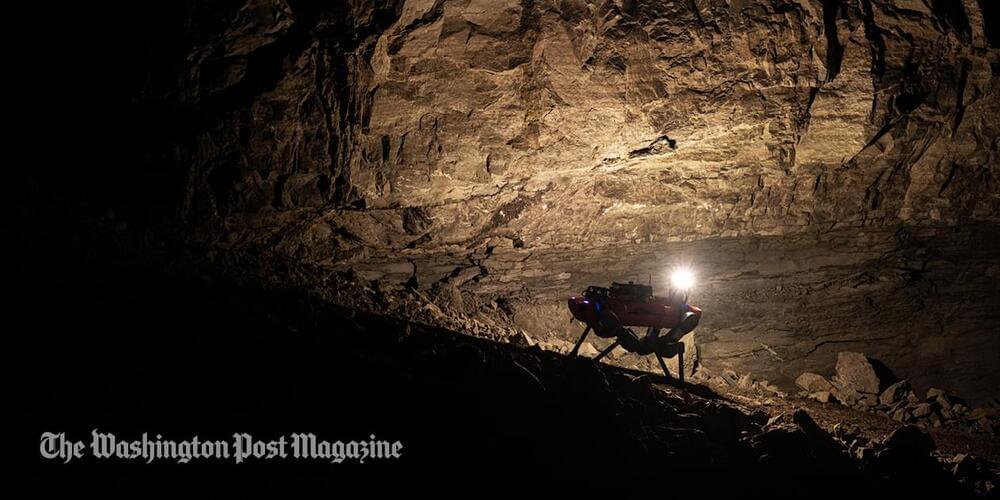Including ‘cloud, AI, and machine learning-enabled automation’.
The US National Security Technology Accelerator (NSTXL) announced on Thursday that it has chosen Microsoft to build advanced chips for the military.
“Historically, the security requirements associated with developing microelectronics have limited the U.S. Department of Defense’s (DoD) ability to leverage the latest innovations,” wrote in a blog Tom Keane, Corporate Vice President, Azure Global, Microsoft Azure.
“Through a recent DoD-sponsored project, Rapid Assured Microelectronics Prototypes (RAMP) using Advanced Commercial Capabilities, the goal is to leverage commercial best practices to help accelerate the development process and bring reliable, secure state-of-the-art microelectronic design and manufacturing to national security and defense applications.”
Full Story:





